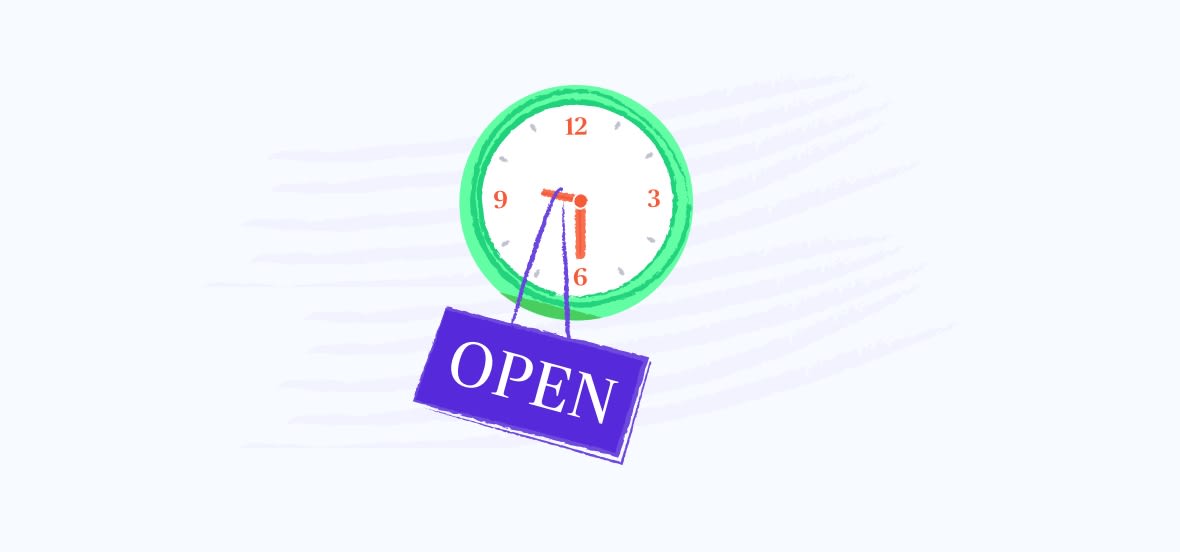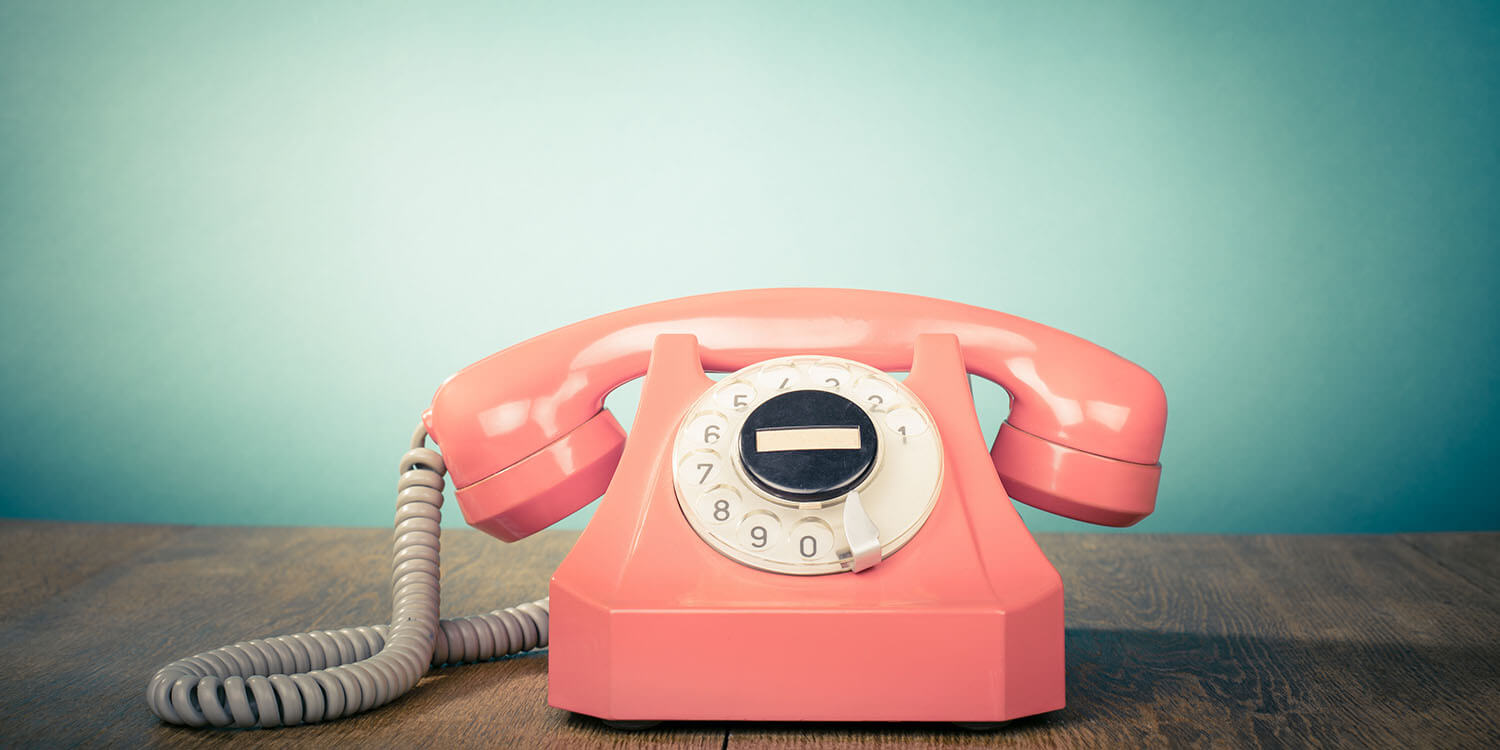All Categories
Featured
Table of Contents
- – Which Is The Best The Complete Guide To Phone A...
- – Best 4 Different Types Of Business Phone Answe...
- – Who Is The Best Answering Services 101: Everyt...
- – Who Is The Best Business Answering Services -...
- – What Is The Best How To Answer The Phone Prof...
- – Where Is The Best How Much Do Answering Serv...
Which Is The Best The Complete Guide To Phone Answering Services Plan
This gadget and its followers were designed by Sava Jacobson, an electrical engineer with a private consulting service. While early answering devices used magnetic tape innovation, many contemporary equipment utilizes solid state memory storage; some devices use a mix of both, with a solid-state circuit for the outgoing message and a cassette for the incoming messages.
"toll conserving" listed below) (call answering services). This works if the owner is screening calls and does not wish to talk with all callers. In any case after going, the calling celebration should be informed about the call having been responded to (most of the times this begins the charging), either by some remark of the operator, or by some welcoming message of the little, or dealt with to non-human callers (e.
This holds particularly for the TADs with digitally kept greeting messages or for earlier devices (prior to the rise of microcassettes) with a special endless loop tape, different from a 2nd cassette, dedicated to recording. There have actually been answer-only gadgets with no recording abilities, where the welcoming message had to inform callers of a state of existing unattainability, or e (business call answering service).
Best 4 Different Types Of Business Phone Answering Services You Can Buy

about accessibility hours. In taping Little bits the welcoming generally includes an invite to leave a message "after the beep". An answering maker that uses a microcassette to tape-record messages On a dual-cassette answerphone, there is an outgoing cassette, which after the specified number of rings plays a pre-recorded message to the caller.

Single-cassette answering devices consist of the outbound message at the start of the tape and inbound messages on the remaining space. They initially play the announcement, then fast-forward to the next offered area for recording, then record the caller's message. If there are numerous previous messages, fast-forwarding through them can trigger a considerable delay.
This beep is often described in the greeting message, asking for that the caller leave a message "after the beep". Littles with digital storage for the taped messages do disappoint this hold-up, naturally. A little bit might provide a push-button control center, where the answerphone owner can ring the house number and, by entering a code on the remote telephone's keypad, can listen to taped messages, or erase them, even when far from house.
Who Is The Best Answering Services 101: Everything You Need To Know ...

Thereby the device increases the number of rings after which it addresses the call (typically by 2, resulting in four rings), if no unread messages are presently saved, but answers after the set variety of rings (typically two) if there are unread messages. This permits the owner to find out whether there are messages waiting; if there are none, the owner can hang up the phone on the, e.
Some devices also allow themselves to be remotely triggered, if they have actually been turned off, by calling and letting the phone ring a particular a great deal of times (usually 10-15). Some service companies abandon calls already after a smaller variety of rings, making remote activation difficult. In the early days of Little bits an unique transmitter for DTMF tones (dual-tone multi-frequency signalling) was regionally required for push-button control, considering that the formerly used pulse dialling is not apt to convey proper signalling along an active connection, and the dual-tone multi-frequency signalling was executed stepwise.
Any inbound call is not identifiable with respect to these properties in advance of going "off hook" by the terminal equipment. So after going off hook the calls need to be changed to suitable gadgets and just the voice-type is immediately accessible to a human, however possibly, however should be routed to a LITTLE BIT (e.
Who Is The Best Business Answering Services - Virtual Receptionists
What if I informed you that you do not have to actually get your gadget when addressing a consumer call? Somebody else will. So convenient, best? Answering telephone call does not need someone to be on the other end of the line. Effective automated phone systems can do the technique just as efficiently as a live representative and sometimes even better.
An automatic answering service or interactive voice reaction system is a phone system that communicates with callers without a live person on the line - call answering services. When companies utilize this innovation, customers can get the answer to a concern about your organization just by utilizing interactions established on a pre-programmed call flow.
Although live operators upgrade the customer care experience, lots of calls do not need human interaction. A basic taped message or directions on how a customer can recover a piece of information usually solves a caller's immediate requirement - call answering services. Automated answering services are a simple and effective method to direct inbound calls to the ideal individual.
What Is The Best How To Answer The Phone Professionally (With Examples) 2023
Notice that when you call a business, either for assistance or product inquiry, the very first thing you will hear is a pre-recorded voice welcoming and a series of alternatives like press 1 for client service, press 2 for queries, and so on. The pre-recorded alternatives branch out to other choices depending on the consumer's choice.
The phone tree system helps direct callers to the ideal person or department utilizing the keypad on a cellphone. In some instances, callers can use their voices. It deserves noting that auto-attendant options aren't restricted to the ten numbers on a phone's keypad. As soon as the caller has actually selected their very first option, you can develop a multi-level auto-attendant that uses sub-menus to direct the caller to the ideal sort of assistance.
The caller does not need to interact with an individual if the auto-attendant phone system can manage their concern. The automated service can path callers to an employee if they reach a "dead end" and need assistance from a live representative. It is costly to hire an operator or executive assistant.
Where Is The Best How Much Do Answering Services Cost? Local Business Tips ... Deal
Automated answering services, on the other hand, are substantially less costly and provide substantial cost savings at an average of $200-$420/month. Even if you do not have actually dedicated staff to manage call routing and management, an automated answering service enhances productivity by enabling your team to focus on their strengths so they can more effectively invest their time on the phone.
A sales lead routed to customer support is a lost shot. If a customer who has item concerns reaches the incorrect department or gets insufficient answers from well-meaning employees who are less trained to manage a specific type of question, it can be a cause of frustration and frustration. An automatic answering system can decrease the number of misrouted calls, consequently assisting your staff members make better use of their phone time while maximizing time in their calendar for other jobs.
With Automated Answering Systems, you can produce an individualized experience for both your staff and your callers. Make a recording of your main welcoming, and merely update it regularly to show what is going on in your company. You can develop as lots of departments or menu alternatives as you want.
Table of Contents
- – Which Is The Best The Complete Guide To Phone A...
- – Best 4 Different Types Of Business Phone Answe...
- – Who Is The Best Answering Services 101: Everyt...
- – Who Is The Best Business Answering Services -...
- – What Is The Best How To Answer The Phone Prof...
- – Where Is The Best How Much Do Answering Serv...
Latest Posts
Dependable Virtual Assistant Phone Answering – Australia 6008
Innovative Dental Answering Service Near Me
Business Answering Service Near Me ( Melbourne)
More
Latest Posts
Dependable Virtual Assistant Phone Answering – Australia 6008
Innovative Dental Answering Service Near Me
Business Answering Service Near Me ( Melbourne)